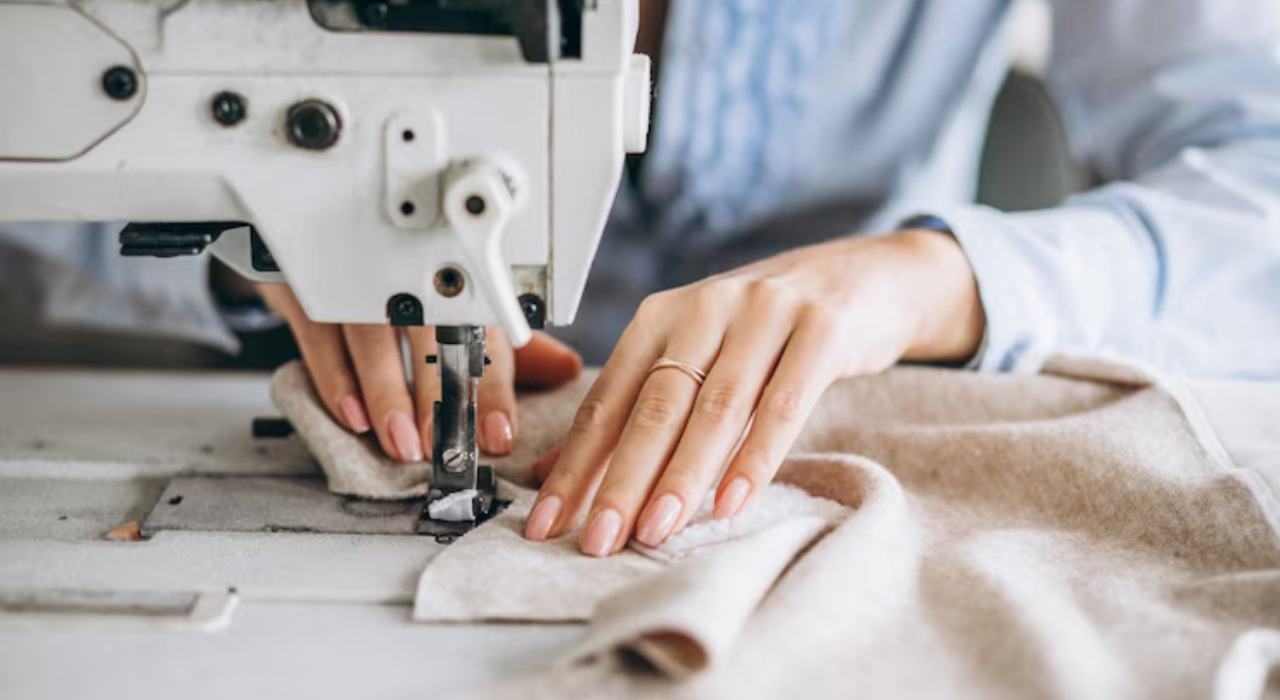
A new report by ThredUp, a major online consignment platform, paints a rosy picture for the secondhand clothing market, predicting explosive growth in the coming years. The report forecasts the global secondhand market will balloon to a staggering $350 billion by 2028, driven by a surge in consumer demand and a shift towards online shopping. However, a closer look reveals a more complex story with regional variations, evolving consumer motivations, and questions about the long-term viability of the business model.
US dominates, but other markets emerge
The report highlights the US as a powerhouse in the secondhand clothing market, with a projected value of $73 billion by 2028. This dominance can be attributed to several factors. The US boasts a strong culture of thrifting, with established stores fostering a love for pre-loved clothing. Additionally, high disposable income allows some consumers to access designer or unique items at a discount. Finally, a well-developed e-commerce infrastructure makes online secondhand shopping convenient and accessible.
However, the secondhand market isn't just an American phenomenon. Europe, particularly Germany and the UK, has a thriving vintage clothing scene. Developing economies in South America and Southeast Asia are also seeing a rise in secondhand clothing due to increasing internet access and a growing middle class. This suggests the secondhand market has the potential to be a global force.
Sustainability vs Affordability: What drives consumers?
The ThredUp report emphasizes sustainability as a key driver of secondhand shopping. While environmental consciousness is certainly a growing concern, affordability likely plays a bigger role for many consumers, especially with the threat of a looming economic downturn. However, the report also indicates a potential shift – growing awareness of fast fashion's environmental impact could lead to a more conscious embrace of secondhand clothing.
Brands Embrace Resale: A win-win situation?
The report highlights a growing trend of brands launching their own resale programs. This move benefits brands in several ways. Resale allows them to tap into a new customer base who might not be able to afford new items at full price. It also offers a new revenue stream and aligns with growing consumer demand for sustainable practices. By embracing resale, brands can demonstrate their commitment to environmental responsibility and potentially win over eco-conscious consumers.
Profitability Concerns: Can the model survive?
Despite the optimistic market forecast, a major concern lies in the lack of profitability among major players like ThredUp. Sorting, processing, and marketing used clothing can be expensive, and the increasingly crowded secondhand market puts pressure on margins. Additionally, educating consumers about the value proposition of secondhand clothing takes time and investment. ThredUp's focus on long-term growth suggests they believe the model can become profitable as the market matures and operational efficiencies are achieved. However, the lack of immediate profitability raises questions about the long-term sustainability of the business model itself.
Future Trend or Fad? The verdict is still out
The secondhand clothing market's growth suggests it's more than just a passing fad. Several factors support its long-term viability. Growing consumer awareness of the environmental impact of fast fashion could fuel a permanent shift towards secondhand clothing. Additionally, affordability will remain a major driver, especially in economically uncertain times. Furthermore, advancements in online platforms and logistics will make secondhand shopping even more convenient and appealing.
However, the secondhand market's future success hinges on overcoming some key challenges. First, secondhand businesses need to find ways to become profitable to ensure their own long-term sustainability. Second, continued education is crucial to highlight the environmental and economic benefits of secondhand clothing for sustained market growth. The future of this market depends on addressing these challenges and solidifying the value proposition for both consumers and businesses.












